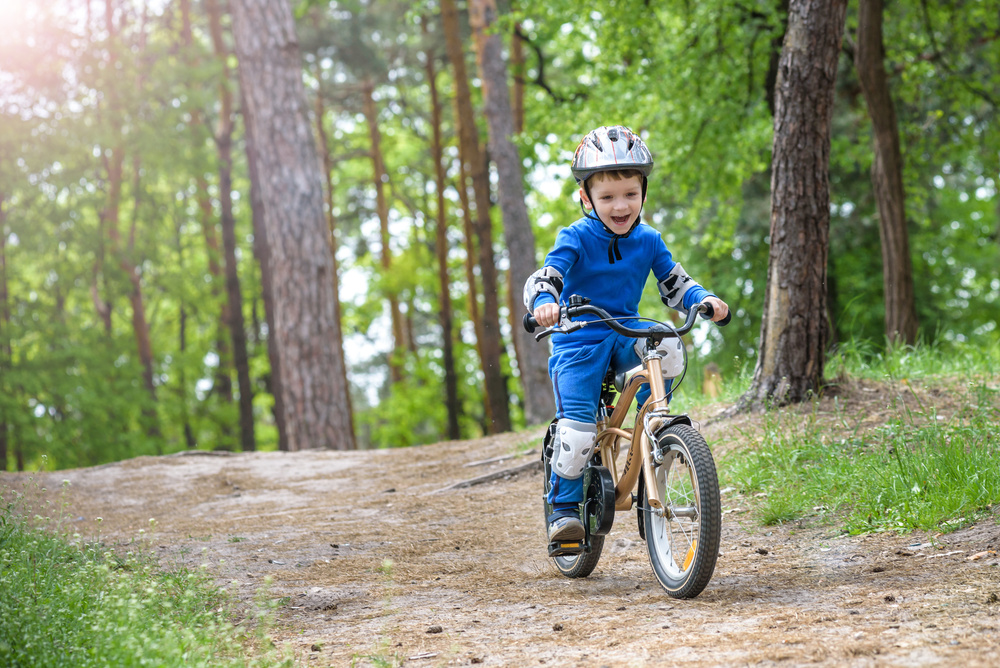Most people do not really know what to look for when it comes to kids’ bikes. According to the good folk at Woom, the look of the bike is often that which draws both parents and children to a particular bike. Nevertheless, there is a lot more to consider if you want to get it right. After all, whatever bike you choose for your child should be safe, easy to use, and perform well. With that in mind, we are going to look at the differences between lightweight kids’ bikes and traditional, heavier bikes.
Safety
Safety is paramount when it comes to children’s bikes. The good news is that both lightweight and traditional bikes usually come with safety features, such as brakes. However, when it comes to the safe operation of a bicycle, most experts agree that lightweight bikes have the edge. This is because they are easier for children to control. These bikes tend to have smaller frames and components, which make it easier for kids to manage.
That being said though, traditional, heavier bikes are less likely to tip over because they are more stable. Moreover, many come with advanced safety features such as braking systems and suspension.
Ease of Use
Ease of use is important for both parents and children. Obviously, children will find it much more enjoyable to cycle on a bike that they find easy to ride. And parents want a bike that is easy to use because it means their child will pick up the skill quicker and will want to spend time outside in the fresh air being physically active.
When comparing ease of use, many would say that lighter, smaller bikes are easier to handle while traditional bikes offer enhanced stability and better comfort, particularly for longer cycles. It is important to consider both the weight and size of any bike that you are considering for a child. It is important to get the balance right as a bike that is too light may not be comfortable and one that is too heavy can be hard to control, which can result in injuries from accidents.
Performance
Performance is also worth considering when buying kids bikes. Both lightweight bikes and traditional bikes have their advantages and disadvantages. A lightweight bike that comes with a smaller frame will perform better in terms of speed and turning. But such a bike might not be comfortable for a longer ride or on rougher terrain.
Traditional bikes tend to be bigger and heavier and are best suited for longer cycles due to increased comfort for the rider. If your child likes to go for rides on rough trails, then a heavier bike might be a better choice.
Conclusion
There is a lot to consider when buying a bike for your child, and weighing up safety, ease of use, and performance is particularly important. You need to think about what kind of a rider your child is as well as what his experience of cycling is.
The bike you choose should be appropriate for your child’s size, weight, and cycling ability. Choosing a bike that is either too small or too large could be dangerous as it can affect your child’s ability to cycle properly.
It makes sense to get assistance from those in the know. Take your child to your local bike store to test out a few different bikes. Speak to one of the assistants who will be happy to show you a selection of bikes to suit the cycling style and preferences of your child.

